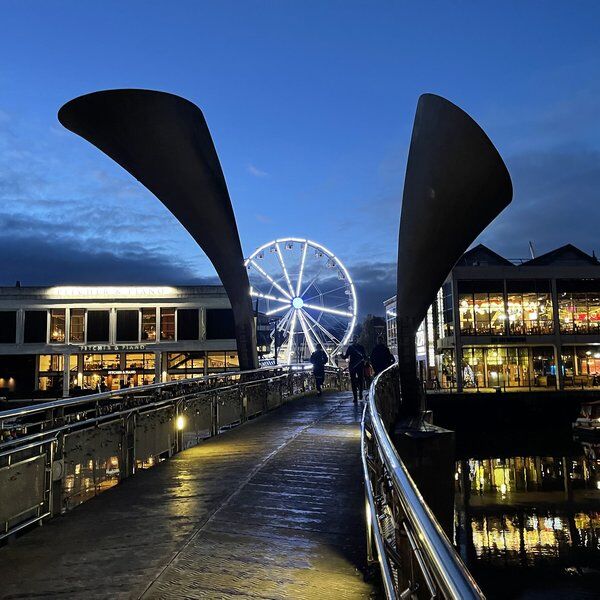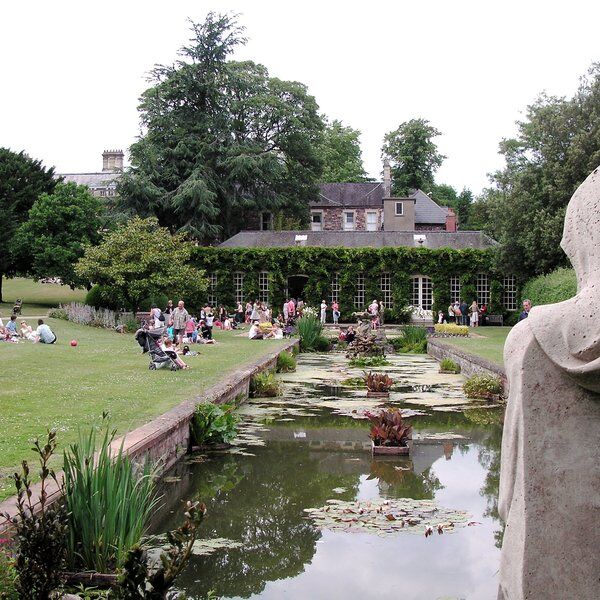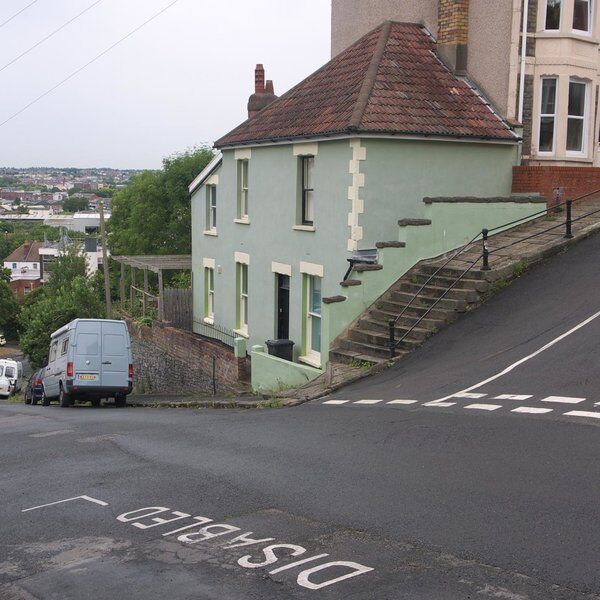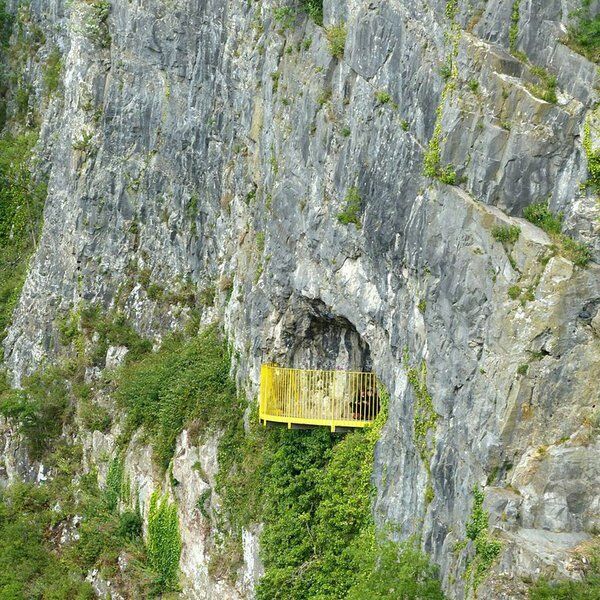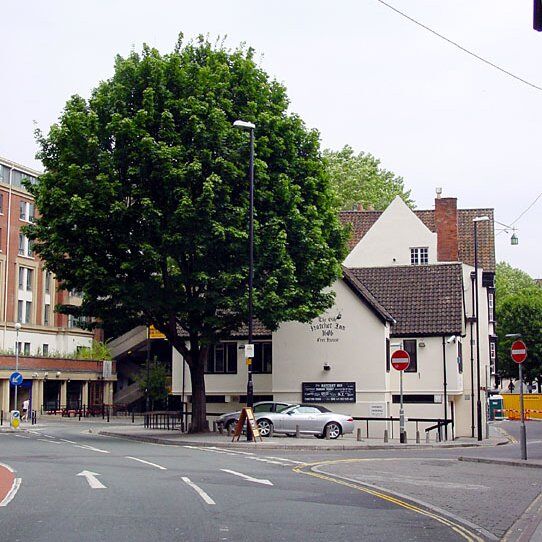
Situated on the edge of the Avon Gorge, framed by woodland and the Clifton Suspension Bridge, Leigh Woods is a thriving Bristol suburb with a rich history.
Since development began in the late 19th-Century, the residential area suburb has grown into a home for around 320 households. The residents are considered a friendly, sociable group who take a common and active interest in the surrounding National Nature Reserve.
Leigh Woods: A National Nature Reserve
Leigh Woods – the largest area of ancient woodland in Bristol – consists of a variety of trees, open grassy glades, and wide sunny pathways, allowing for a rich mix of wildlife, plantlife, and spectacular views over the Avon.
An avenue of copper beech trees, planted in commemoration of Queen Elizabeth II’s coronation in 1953, line the entrance to the woods. And designated pathways lead visitors under a broadleaved canopy of oak and ash to smaller coppice areas of shrubbery and wildflowers.
Sheltered woodland gives way to open grasslands around old stone quarries and there is also an abundance of picnic benches scattered around, for those well-deserved pit-stops.

The Origins of Leigh Woods
Throughout history, Leigh Woods has been engrossed in a turbulent game of survival.
In the 1830s, the owners of the woods, the Smyths of Ashton Court, leased the land to William Watkins for breeding rabbits. Watkins ended up clearing large areas of the land, putting up fences, and then charging visitors a penny to access parts that weren’t cut down.
The 1860s brought news that the unfinished Clifton Suspension Bridge was to be completed. Completion meant that undeveloped land on the west side of the gorge would be within walking distance from Clifton, Formerly, this land was only accessible by ferry or a long way around through Bedminster so the Bridge was about to make it the most desirable piece of real estate in the area.
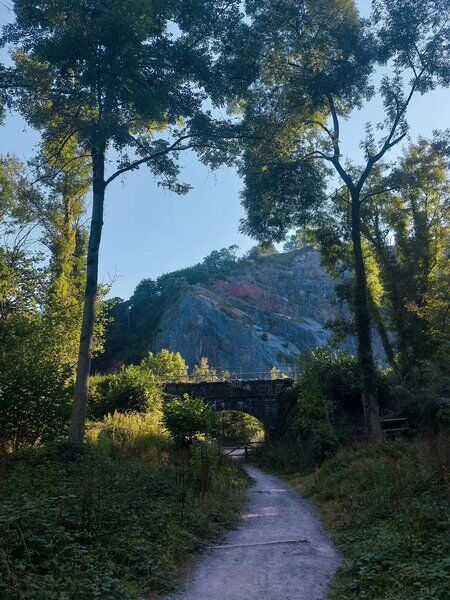
Development in the West
Around the same time, work commenced on a railway to Portishead. The route of the track – along the Avon's west bank – meant a station at Leigh Woods was highly likely, increasing the lands desirability further.
It was then announced that Ashton Court’s Sir Greville Smyth was going to build on the land and plans were unveiled in June 1863 for:
“A little town, comprising in all 435 houses” with an iron bridge over Nightingale Valley, a church and “a hotel upon a scale of great magnitude and grandeur” near the Clifton Suspension Bridge.
This was met with many objections and ‘bitter letters’ in the press, causing Smyth to abandon his plans. However, in September 1864 the Bristol Times revealed that he had sold Leigh Woods to a developer. The plans now consisted of:
“Some 800 tenements, many of them of a poor character, several of them small shops ... on the romantic site, thereby of course making it an eyesore to Clifton.”
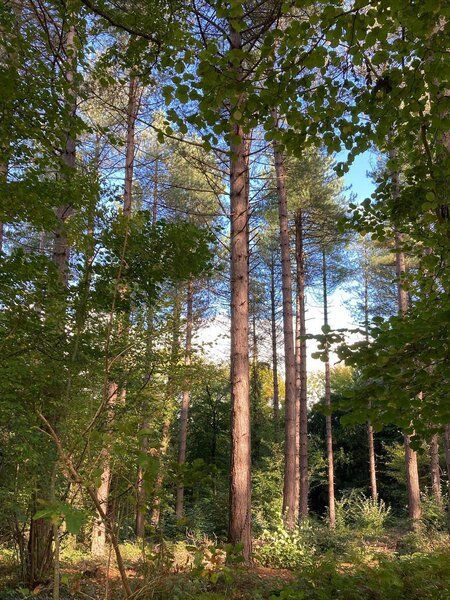
Leigh Woods Land Company
Horrified by the nature of the plans, a group of wealthy citizens banded together to buy the developer out. This did not work but they needn’t have worried because the developer failed to make payment on his first instalment to Smyth and then disappeared.
Turning directly to Smyth, the citizens established the Leigh Woods Land Company and purchased the woods for £40,000. The Company’s aims were to embark on controlled residential development, without destroying the view of the woods from Clifton, and allow visitors to continue to access the woodland.
Development at Leigh Woods
Development was limited to the originally undeveloped land on the west of the Suspension Bridge, where large villas were erected. Despite the concentrated area of development, other areas of Leigh Woods were being affected.
In 1869, it was discovered that stones were being taken from Stokeleigh Camp, the semi-destroyed Iron Age fort overlooking the gorge, to build the North Road. Further down from the gorge, large unsightly quarries were clearly visible across the bridge in Clifton.
The English Illustrated Magazine surmised in 1886 that “the scenery that has given character to Clifton” was being transformed by a “sordid spirit” into “crumbling stones for the sake of their value in money.”

Petitions to the Council about Leigh Woods
Consequently, a group of petitioning citizens urged the council to take action in 1902 “for the preservation of Leigh Woods from what appear[ed] to be impending destruction.”
They cited “the gradual erosion of the quarrymen on the river’s bank” as cause for concern, condemning that without intervening “the whole picturesque scene – one of superb grandeur and beauty – [would] be involved in destruction.”
The petitioners pleaded with the council to purchase Leigh Woods and also appealed to the public. But ironically, it was George Alfred Wills who lived in Burwalls (one of the nicest houses built by the Land Company), who came to the rescue in 1908. Wills donated 80 acres of Leigh Woods to the National Trust, including Nightingale Valley and Burwalls Wood.
Restoring Leigh Woods
Sadly, the quarries were not part of Wills’ significant donation and so they remained active until the last working quarry was handed to the National Trust in 1936, as part of a further 60-acre donation made by George’s brother, Walter Alfred Wills.
Alongside the land owned by the National Trust, 300 acres of butchered woodland was acquired by the Forestry Commission in 1949. The Commission set about replanting the area since most of the trees had been felled during WWII.
Today, nature has largely reclaimed the despised quarries and Leigh Woods – a National Nature Reserve – has been preserved for future generations to enjoy, against all odds.
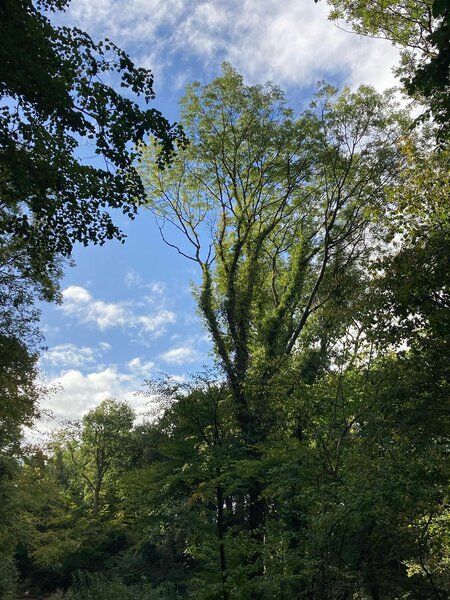
Interested in finding more places like this? Try one of our Bristol Treasure Hunts - untangle cryptic clues as a team, as you are taken on a journey to the most unique, unusual and bizarre corners of England.









